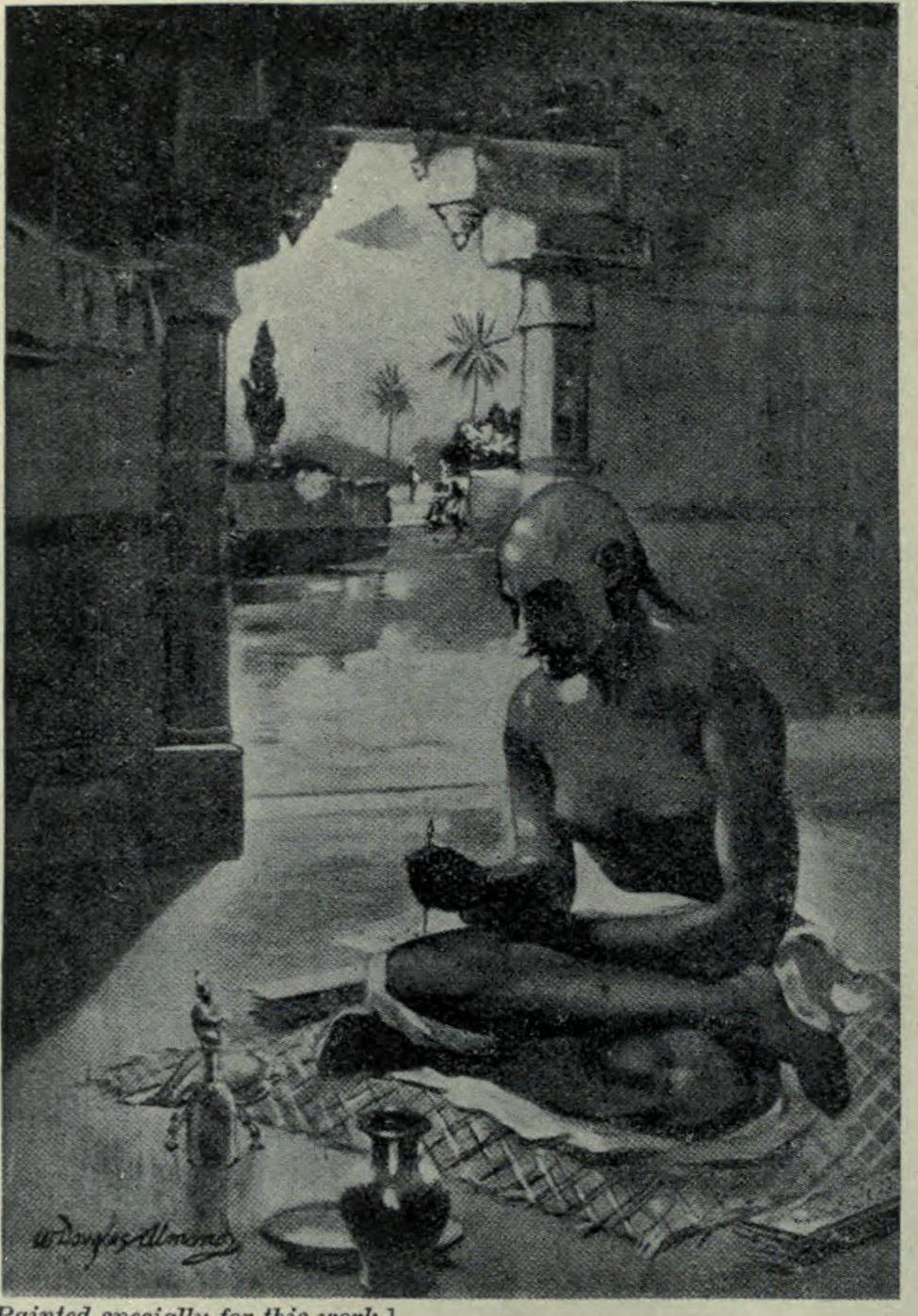History of India
- Introduction to Ancient India
- The Mauryan Empire
- Post-Mauryan India and the Golden Age
- Early Medieval India
- The Delhi Sultanate
- The Mughal Empire - Part I
- The Mughal Empire - Part II
- The Advent of European Powers
- The British Raj - Part I
- The British Raj - Part II
- Independence & Partition
Post-Mauryan India and the Golden Age
Cultural Developments During the Gupta Empire

Classical Sanskrit poet and playwright.
The Gupta Empire, often referred to as the "Golden Age" of India, was a period of great cultural and intellectual flourishing. This era saw significant advancements in literature, science, technology, art, and architecture.
Literature and Education
The Gupta period was a golden age for Sanskrit literature. The court of the Gupta Empire was adorned with numerous scholars and poets, the most famous of whom was Kalidasa. His works, such as "Abhijnanashakuntalam" and "Meghadutam", are considered classics and are still widely read and admired today.
Education was highly valued during the Gupta Empire. The period saw the establishment of several educational institutions, the most renowned being the Nalanda University. This university attracted scholars from all over the world and was a center for learning in various fields, including philosophy, mathematics, astronomy, and religion.
Science and Technology
The Gupta period was marked by significant advancements in science and technology. In the field of astronomy, Aryabhata, one of the greatest mathematicians and astronomers of ancient India, proposed the theory that the Earth rotates on its axis. His work, Aryabhatiya, also included rules of algebra, arithmetic, trigonometry, and quadratic equations.
In medicine, the Gupta period saw the compilation of medical texts like the Sushruta Samhita and Charaka Samhita, which laid the foundation for Ayurveda. These texts detailed surgical procedures, medicinal plants, and principles of treatment.
The Gupta Empire was also known for its achievements in metallurgy. The Iron Pillar of Delhi, which has withstood corrosion for over 1,500 years, is a testament to the advanced metallurgical skills of the time.
Art and Architecture
The Gupta period witnessed a significant evolution in art and architecture. The Gupta style of sculpture, characterized by a sense of serenity and balance, was developed during this period. The sculptures of this era, whether in stone, terracotta, or bronze, are noted for their elegance and lifelike quality.
In architecture, the Gupta period saw the construction of magnificent temples and stupas. The Dashavatara Temple in Deogarh and the rock-cut temples at Udayagiri are prime examples of Gupta architecture. The period also saw the development of the iconic shikhara style of temple architecture.
In conclusion, the Gupta Empire was a period of great cultural and intellectual prosperity. The advancements made during this era in various fields have had a lasting impact and continue to be a source of inspiration.
References
- "The Gupta Empire" by Radhakumud Mookerji
- "The Golden Age: Gupta Art—Empire, Province, and Influence" by Karl Khandalavala
- "History of Classical Sanskrit Literature" by M. Srinivasachariar
- "Ancient Indian Education: Brahmanical and Buddhist" by Radha Kumud Mookerji
- "The Wonder That Was India: A Survey of the Culture of the Indian Sub-Continent Before The Coming of the Muslims" by A.L. Basham